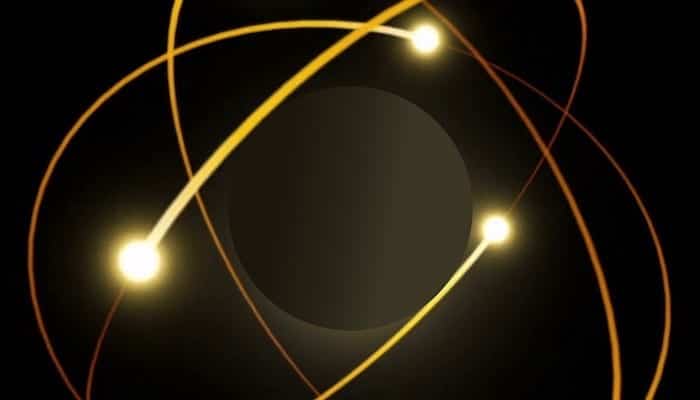Cardiac Pacemaker Cells and Action potential
aka BSCC Physiology 007
Basic Science in Clinical Context Examination: 2 minutes long in 2 parts.
- Exam candidate answering a question (under exam conditions)
- Professor providing a more detailed explanation (with transcript)
Draw and describe the cardiac pacemaker action potential
Examinee response: Drawing and explanation in real-time video/audio
Examiner Explanation
Transcript
Cardiac Pacemaker
- Pacemaker cells are found in the (SA) sinoatrial, the atrioventricular (AV) nodes and a third group is found in the bundles of HIS and purkinje fibres.Pacemaker cells have automaticity; they don’t require adjacent cells to fire in order to activate them. Pacemaker cells have a prepotential or pacemaker potential that is never resting. After each impulse the prepotential gradually reaches a threshold and allows another impulse to occur.
- This prepotential is brought about by the Ih channels (I=current). (“H”SO NAMED because this channel opens following hyperpolarization of the membrane potential).
- (This channel can also be called the IF-“funny channel” because of its unusual activation)
- This channel is activated as the membrane potential hyperpolarises to -45mv and begins to take effect at a hyperpolarised membrane potential of -60Mv.
- This channel allows more Na to move into the cell and less potassium to move out (i.e. THERE IS A NET INFLUX OF SODIUM INTO THE CELL) creating a prepotential.
- As the Ih channel opens, the membrane begins to slowly depolarise. The completion of the prepotential is assisted by the transient CALCIUM channels (CaT Channels), which cause calcium to move into the cell.
- Once a threshold is reached of -40Mv (some say -30mV) the long lasting calcium channels open (Ca-L channels). This results in depolarisation (up to around 0mv) and the formation of an impulse.
- Then the long acting calcium channels close and the Ik channel opens which allows potassium to flow down its concentration gradient out of the cell which causes repolarisation of the cell membrane
- Once the cell hyperrepolarises and the membrane potential drops below -45MV, the Ih channels are reavtivated and at -60Mv allow a net sodium influx to occur causing the membrane potential to once again reach the threshold of -40MV and depolarise the cell all over again
What are the effects of vagal or sympathetic stimulation at the Sino-Atrial (SA) node?
Examiner Explanation
Transcript
Cardiac Pacemaker
- Vagal stimulation causes an addition potassium channel to open via Ach (acetylcholine) during depolarisation (of the prepotential) and causes hyperpolarisation of the slope. Hence the Ih channel’s depolarisation effect is slowed as it needs more time to allow inward movement of sodium to reach the threshold.
- Vagal stimulation also activates the muscarinic receptors (M2) which results in reduced cAMP in the cells and slows the opening of the calcium channels and decreases the firing rate
- Conversely, Sympathetic stimulation of the cardiac nerves speeds the depolarising effect of the IH channels. Also sympathetic stimulation results in increased intracellular cAMP via B1 receptors and facilitates the opening of the long lasting calcium channels (Ca-L channels), and increases the rapidity of the depolarisation phase of the impulse
Additional explanation with Michelle Johnston

Basic Science
in Clinical Context
Dr Neil Long BMBS FACEM FRCEM FRCPC. Emergency Physician at Kelowna hospital, British Columbia. Loves the misery of alpine climbing and working in austere environments (namely tertiary trauma centres). Supporter of FOAMed, lifelong education and trying to find that elusive peak performance.
